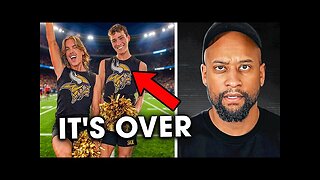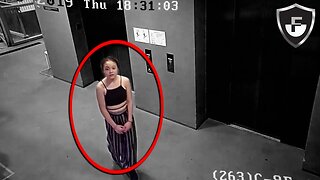Premium Only Content

HELOC vs a Reverse Mortgage Line of Credit
When it comes to financing your home, there are two common options for tapping into its equity: Home Equity Lines of Credit (HELOCs) and Reverse Mortgage Lines of Credit. Despite both leveraging your home's equity, they serve different purposes and cater to distinct financial needs. This comparison aims to clarify the differences between HELOCs and Reverse Mortgage Lines of Credit, helping you make informed decisions.
HELOC vs. Reverse Mortgage Line of Credit: Simplifying the Basics
A Home Equity Line of Credit (HELOC) is a flexible credit line secured by your home's equity. It operates similarly to a credit card, allowing you to withdraw funds up to a predetermined limit as needed. HELOCs usually come with variable interest rates and consist of two phases: a draw period where you can access funds and a repayment period where you repay both the principal and interest.
On the other hand, a Reverse Mortgage Line of Credit (RMLOC) is a financial option specifically designed for homeowners aged 62 or older (55+ in California). It enables eligible homeowners to convert a portion of their home equity into cash, without requiring monthly payments. The available amount in an RMLOC increases over time, making it appealing for retirees seeking extra income.
Interest Rates and Payment Structures Made Simple
One key difference between HELOCs and RMLOCs lies in their interest rates and payment structures. HELOCs typically have variable interest rates linked to an index like the prime rate, which can change over time. Borrowers are obligated to make monthly payments during the repayment period, covering both the principal and interest.
RMLOCs don't require monthly payments, as the accrued interest gets added to the loan balance. This feature is beneficial for retirees with fixed incomes, as it eliminates the need for regular payments.
Loan Limits and Who Qualifies
HELOCs and RMLOCs also differ in terms of loan limits and eligibility criteria. HELOCs typically offer higher credit limits, depending on your home equity and creditworthiness. Lenders may require a minimum credit score and a certain level of equity to qualify for a HELOC.
On the other hand, RMLOCs have specific eligibility requirements, including the age of the youngest borrower, the home's value, and participation in a HUD-approved counseling session. The available amount in an RMLOC depends on factors such as the borrower's age, the home's appraised value, and prevailing interest rates.
Repayment and Ownership: What You Need to Know
Another important difference between HELOCs and RMLOCs involves repayment obligations and homeownership. With a HELOC, borrowers must make regular payments on the outstanding balance, regardless of whether they live in the home. Failing to meet these obligations could lead to foreclosure, freezing of the line or having the lender call the line due, putting homeownership at risk.
In contrast, RMLOCs don't require monthly payments. The loan balance is repaid when the home is sold or the borrower passes away. Throughout the RMLOC term, borrowers retain ownership of their home, provided they fulfill their obligations, such as maintaining the property and paying property taxes and insurance.
-
 LIVE
LIVE
TonYGaMinG
3 hours ago🟢 ABI WITH FRIENDS | 🍩JOE DONUTS | 😶 🌫 VLADSGAMINGCARTEL |
61 watching -
 21:24
21:24
marcushouse
9 hours ago $0.06 earnedStarship Flight 10: Go or No? 🚀
8.66K9 -
 LIVE
LIVE
MrR4ger
15 hours agoSUNDAY FUNDAY w/ R4GER - VARIETY / DIABLO 4/ FOR HONOR / ETC?
76 watching -
 5:40
5:40
WhaddoYouMeme
3 days ago $0.16 earnedThey’re Calling This the End of Masculinity
11.4K13 -
 15:24
15:24
Tactical Advisor
18 hours agoBest 2011 of 2025 | Bul Armory Ultralight Pro
13.7K -
 27:31
27:31
True Crime | Unsolved Cases | Mysterious Stories
2 days ago $0.09 earnedThe Hong Kong Schoolgirl Mystery – 5 Mysterious Unsolved Cases (Part 8)
11.8K2 -
 7:19
7:19
China Uncensored
1 day agoChina is DONE in the South China Sea
10.8K26 -
 LIVE
LIVE
Joe Donuts Live
5 hours ago🟢 Loot Rats Unleashed: Arena Breakout Chaos! | Joe + Tony + Vlad
218 watching -
 30:37
30:37
Degenerate Plays
17 hours ago $0.01 earnedThis College Is Out Of Control - GTA Online : Part 9
7.19K -
 16:28
16:28
Mrgunsngear
3 days ago $0.49 earnedBeretta 92XI SAO Sabbia Review - A Few Surprises
9.36K6